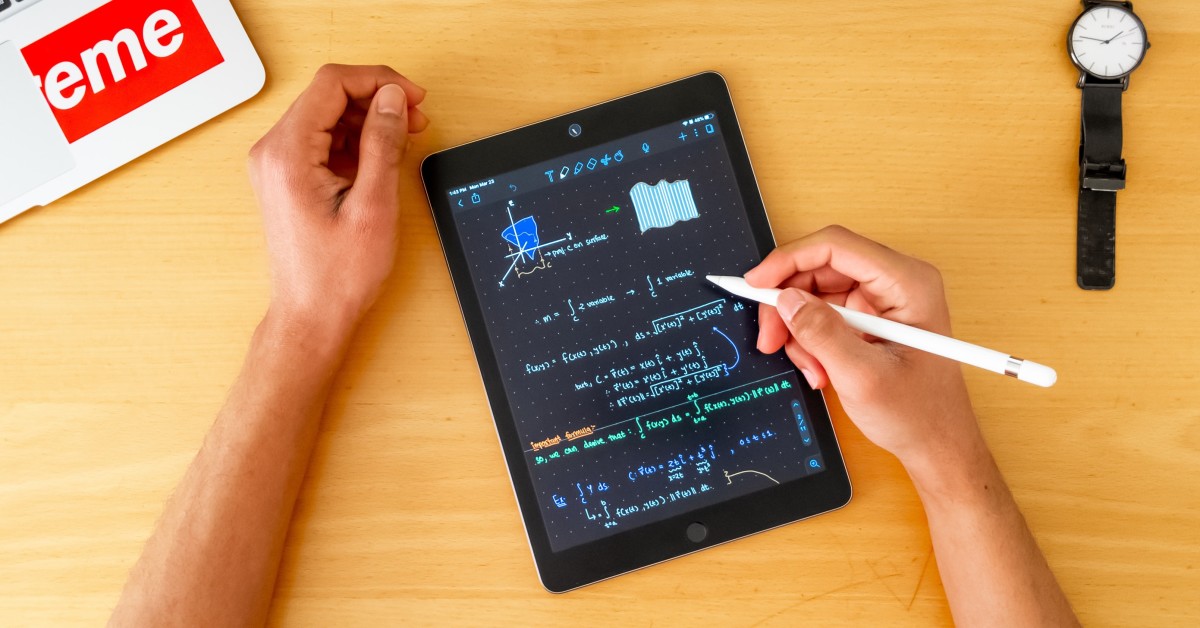
How to Choose an Online MBA
Choosing a high-quality online MBA program that complements your long-term [...]

Before the advent of big data analytics and algorithms to help process raw data, many of the invaluable insights historical information can offer remained inaccessible. Today, companies have the tools needed to shape enterprise data into valuable information that helps them make better decisions and improve business operations.
The process by which they do this is called business analytics. What is business analytics? This article addresses that question and also discusses:
If you asked someone to define business analytics before the new millenium, they would likely struggle to explain exactly what the term meant – and for good reason, as this concept didn’t gain popularity until relatively recently. It’s a different story today, when practically every business from mom-and-pop shops to megacorporations utilize business analytics to dig deep into data for insights, projections, and guidance.
Business analytics involves the collecting, mining, processing, analyzing, and visualization of gargantuan amounts of data to extract actionable insights. The field encompasses both the research and the analysis that results in advice guidance.
Bridging the gap between information technology and business strategy, business analytics uses qualitative methods to mine data, find patterns and trends, and present usable data conclusions from which business decisions can be made.
As more and more companies come to rely on business analytics findings – and the business analysts who generate them – the market for these types of insights will continue to expand. According to a 2018 MicroStrategy study, 71 percent of global companies anticipated increasing their spending on data analytics over the next three years.
As the practice of business analytics has taken form so too has the way in which we talk about the discipline. Practitioners generally recognize four different models of analytics.
Business analytics professionals usually rely on descriptive analytics to get the ball rolling. This form, the simplest of the four models, crunches data to help analysts get a better understanding of basic trends, anomalies, and causal relationships.
Descriptive analytics helps answer the question of “What happened?” while other models begin to provide metrics that help answer questions of why and how. Data analysts perform manual descriptive analytics in addition to using algorithms.
If descriptive analytics answers the question of what, diagnostic analytics seeks to answer the question of why. While still using the same data sources, a diagnostic model drills further into the available raw information to better understand root causes, identify contributing factors, and get a sense of causes.
In the case of sales, analysts might use this model to better understand why they saw an increase or decrease in purchases over a given time period.
As the name suggests, predictive analytics helps in forecasting actions that have yet to happen. With a focus on answering the question of “What could happen?” this model pairs historical data analysis with industry trends. Insights prove extremely valuable in business settings, enabling managers to make informed decisions about how to position their companies for future sustainability and growth.
Given the sophisticated nature of predictive analytics, professionals deploying this model rely on advanced predictive modeling technology and machine learning to produce accurate results.
The most advanced model currently available, prescriptive analytics focuses on helping decision-makers understand what to do next. Business analysts use information gathered from other analytical processes to identify all possible courses of action within a given scenario.
Using an if/else statement modality, machine learning algorithms consider every possible factor, trend, cause, and predictor to find the best outcome scenarios. Business leaders can then act on these findings with confidence in how they will play out.
Reading about the different types of business analytics is all well and good, but case studies often help bring to life concepts in a more meaningful and graspable way. In this section, we look at each model in action.
Let’s say you’re a marketing manager at a growing company and want to better understand digital customer engagement. By collecting raw traffic data from the company website and any social media platforms used, you can create a report showing which service drives the most interaction and business to the company. These types of data sets prove valuable when trying to better understand what’s happening with consumer engagement and offer a clear example of descriptive analytics at work.
In the case of diagnostic analytics, meal kit delivery company HelloFresh provides a great example of this model in action. With the focus on understanding why a certain recipe performed well or meal kits featuring fish are on the rise, the company can review data related to order history, location, age, gender, and other customer attributes to get a better understanding of both why something performed well and whether it is likely to perform well in the future.
Caesar’s Entertainment found an innovative way to leverage predictive analytics to better determine how many staff were required at different times. Given the significant amount of shifts and changes in customer visits across different times of year, the company needed a more sophisticated way to avoid both understaffing and overstaffing. Predictive analytics provided the opportunity to consider the varied factors affecting customer visits and gain an educated understanding to help drive decision-making.
Few companies have become more known for their full embracing of prescriptive analytics than TikTok. Users regularly describe feeling as though the app anticipates their interests better than they do themselves when viewing the “For You” page. There’s a reason for this. By closely analyzing users’ interactions—from the types of videos they enjoy to how long they watch before moving on—the company has created a sophisticated, advanced data management system to provide real-world insights that make TikTok stand out from other social media platforms.
The terms business analytics and business intelligence are often thrown around interchangeably, but they differ in ways well worth understanding. Business analytics focuses on using historic data to make informed decisions about the future; business intelligence looks to answer questions about current business processes.
Stevens Institute of Technology (SIT) offers an online M.S. in Business Intelligence & Analytics, combining both disciplines to produce practitioners who can use statistical models to produce new insights about current and future business operations. This master’s degree, which takes two years to complete, is offered fully online for students needing flexibility.
Business analytics graduate degrees continue to grow, though some schools still house these programs as specializations within a data analytics degree. At Butler University, the online M.S. in Data Analytics offers a business analytics concentration covering marketing, accounting, and supply chain analytics. As with SIT’s program, this program requires two years of study.
| University and Program Name | Learn More |
|
Pepperdine University:
Online Master of Business Administration
|
|
|
Boston College:
Master of Science in Applied Analytics
|
According to the Bureau of Labor Statistics, data scientists earned median annual incomes of $100,910 in 2021, while those in the top 10 percent took home $167,040 during the same year. In addition to earning above average incomes, business analyst professionals proficient in data mining, data science, data visualization, and statistical analysis can choose from a wide spectrum of employers based on individual interests and career goals.
With more companies anticipating expanded outlays for business analytics findings, individuals who choose this path can look forward to being in demand for the foreseeable future. That said, the field of business analytics continues to evolve quickly – thanks in part to the expanding use of artificial intelligence. Those who wish to stay at the top of the field must continue to participate in continued education, either through individual courses or advanced degrees in business analytics.
Whether pursuing a master’s or doctoral degree, students in these programs learn about advanced topics, benefit from opportunities for industry connections, and stay on the frontlines of emerging business analytics tools.
Questions or feedback? Email editor@noodle.com

Choosing a high-quality online MBA program that complements your long-term [...]

An MBA delivers a significant return on investment, not just [...]

According to the Bureau of Labor Statistics, artificial intelligence and [...]

Modern business intelligence is all about data, which is why [...]

Modern businesses seek objective, quantifiable information to drive business decisions. [...]
Categorized as: Business Intelligence & Analytics, Business & Management